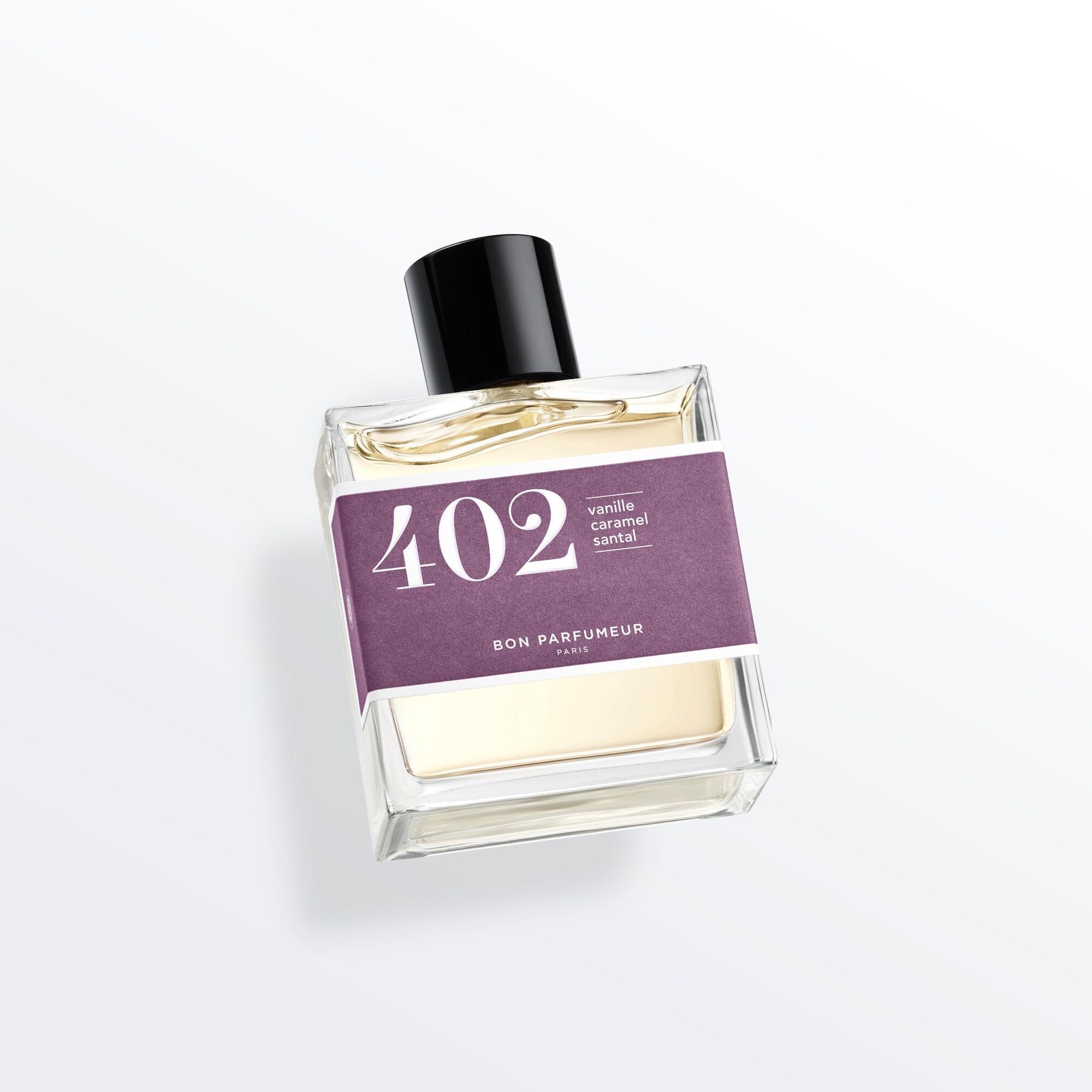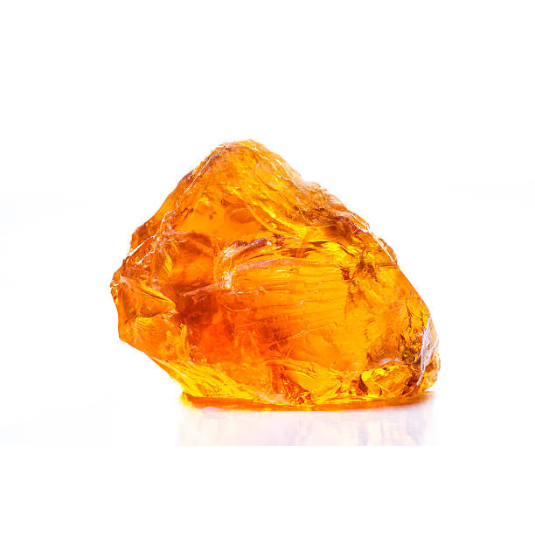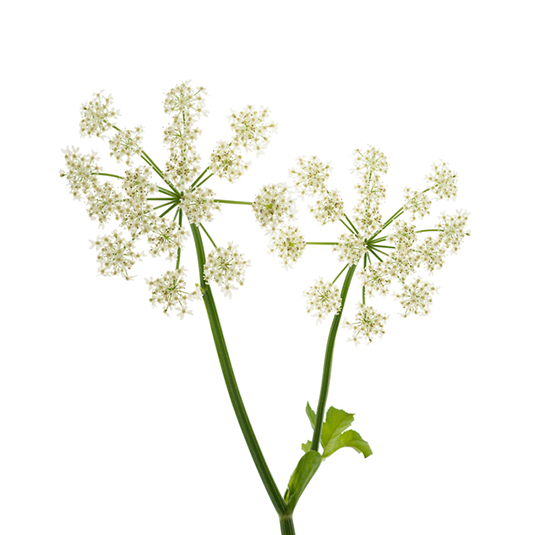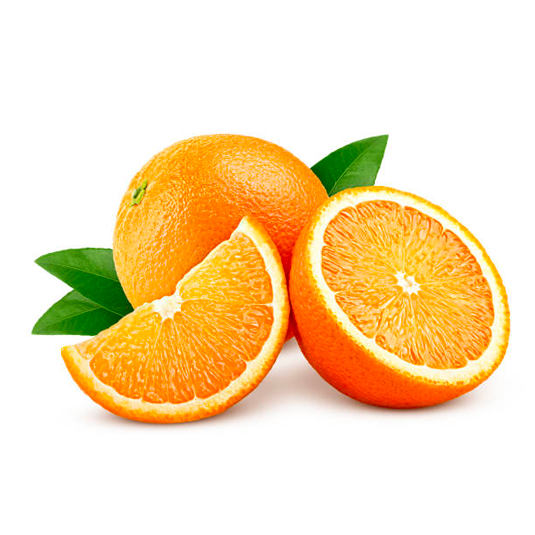SUMMARY
02. Growing Jasmine grandiflorum
03. What do you know about Jasmine Grandiflorum in perfumery ?
04. Famous perfumes with Jasmine Grandiflorum
In the beginning
Jasmine grandiflorum is a flower that has been cherished for centuries for its delicate, enchanting fragrance. Called Jasminum grandiflorum in Latin, its history in the world of perfumery dates back to Antiquity, when its olfactory properties were already in demand by cultures around the world.
Its appeal then spread to Europe through exploration and trade between the East and West.
European perfumers were soon captivated by the grace and sensuality of Jasmine grandiflorum, thus contributing to its integration into the creation of refined, luxurious fragrances. It has also established in Grasse, where it is one of the ingredients behind the town's reputation and is still harvested by hand. Grasse jasmine can be found in some very emblematic and luxurious compositions.
Today, Jasmine grandiflorum remains an essential raw material in the perfume industry, appreciated for its floral sweetness and enchanting character, which give it a place of honor in many fragrances...
Growing Jasmine grandiflorum
The Jasmine grandiflorum plant is grown in various parts of the world, notably in India, Egypt and France, where it is cultivated for its floral fragrance.
Growing Jasmine grandiflorum requires particular care. This flower requires special care to grow properly.
Jasmine grandiflorum favors a tropical or subtropical climate with warm temperatures and high humidity. It grows best in well-drained soil rich in organic matter. It is usually propagated by taking cuttings or grafting. Jasmine grandiflorum requires regular care, including watering, fertilization, trellising and pruning, to promote healthy growth and abundant blossoming. Harvesting Jasmine grandiflorum flowers is a delicate and meticulous process. Flowers should be hand-picked early in the morning, at sunrise, when they are at their peak freshness and most fragrant, to preserve their quality and precious fragrant molecules.
Growing Jasmine grandiflorum requires special savoir-faire, but the rewards are invaluable when the flowers release their heady fragrance.
What do you know about Jasmine Grandiflorum in perfumery ?
Transforming Jasmine grandiflorum into an absolute is a delicate process that requires a meticulous approach to preserve its subtle fragrance. Here are the key stages in the processing and treatment of Jasmine grandiflorum in perfumery:
The historic method of extracting Jasmine grandiflorum's fragrance is enfleurage and is now almost completely out of use. Fresh flowers were placed on plates covered with a thin layer of animal or vegetable fat, such as coconut butter.
The flowers were placed on the grease by hand, so that the material would be soaked with the fragrance of the jasmine flowers. The flowers were changed to diffuse the fragrant molecules into the fat, making it as olfactory rich as possible. The enfleurage was then washed with alcohol to obtain jasmine grandiflorum absolute. This was a meticulous and time-consuming process, which is why it is rarely performed today.
Another extraction method more common today is to use volatile solvents to extract the fragrant molecules from Jasmine grandiflorum flowers.
This produces highly concentrated and precious Jasmine grandiflorum absolute. In fact, jasmine grandiflorum flowers cannot be steam-distilled, as they are extremely fragile. Jasmine essential oil therefore does not exist. The volatile solvent extraction method protects the flower and gives a better yield, offering an olfactory conception that is more faithful to the fresh jasmine flower.
Jasmine grandiflorum can also be co-distilled with other natural ingredients, such as essential oils, to create unique fragrance accords.
Although less common, the maceration of Jasmine grandiflorum flowers in a vegetable oil base can also be used to obtain a fragrant material.
The extraction process is essential to capture the true scent of Jasmine grandiflorum and create fragrant ingredients of exceptional quality.
Jasmin grandiflorum’s olfactory profile is refined, its perfume is sensual and captivating. Here are the main olfactory characteristics of Jasmine grandiflorum:
-Jasmine grandiflorum unveils a heady floral perfume with sweet fruity notes and facets of almond milk.
-The notes released by Jasmin grandiflorum are rich, opulent, and exquisite, revealing the soft, intoxicating floral facets that evoke a sumptuous fragrance.
Compared to other sources of jasmine, jasmine grandiflorum is distinguished by its more animalistic and opulent fragrance. Jasmine sambac on the other hand has a greener scent and a fruity and solar effect.
Famous perfumes with Jasmine grandiflorum
Many perfumes contain jasmine grandiflorum or accords reminiscent of its scent, due to its high price. So, when jasmine grandiflorum is added to perfumes, it is often added in small quantities and coated with other raw materials to accentuate its note. Jasmine is also used in home fragrances, cosmetics, and skincare products and can be found in candles, diffusers and soaps.
Some emblematic fragrances containing jasmine grandiflorum:
Chanel No. 5 by Chanel:
Launched in 1921, Chanel No. 5 is an iconic fragrance featuring Jasmine grandiflorum. This is combined with a bouquet of white flowers (iris, ylang-ylang), rose and vanilla, creating a timeless, elegant fragrance.
Joy by Jean Patou:
Launched in 1930, Joy is a classic eau de parfum featuring an abundance of Jasmine grandiflorum combined with notes of rose and tuberose, offering a lush, sumptuous fragrance. The jasmine is accompanied here by a sensual, woody base of sandalwood and musk.
At Bon Parfumeur, discover our fragrances containing jasmine from different origins:
Eau de Parfum 002, a modern cologne with a fresh, zesty bergamot note, a heady side of jasmine and a soft amber. A zesty, fresh top note faithful to the classic cologne. Violet leaf modernizes it and brings a green, slightly fruity facet. A floral heart where delicate lily of the valley and peony air out the solar jasmine. Musky notes and white amber provide a soft bed for the flowers.
Our 103, a sunny floral bouquet with creamy notes in which jasmine is accompanied by tiare flower and hibiscus to reinforce its sunny facet. The top note is minimalist, with the freshness of bergamot and the green note of neroli. Tiare flower blossoms at the heart, accompanied by the fruity touch of Sambac jasmine. Vanilla covers these powerful flowers, while Sable Blanc warms them.
l'eau de parfum 202 is marked by its addictive notes of red and water fruits as well as the floral note of jasmine. A juicy top note of grapefruit, melon, and lemon. A layering of fruit with redcurrant at the heart. Floral notes dilute the fruit, making it transparent. A subtly woody base. Caramel coats the fragrance, making it slightly gourmand and mischievous.















